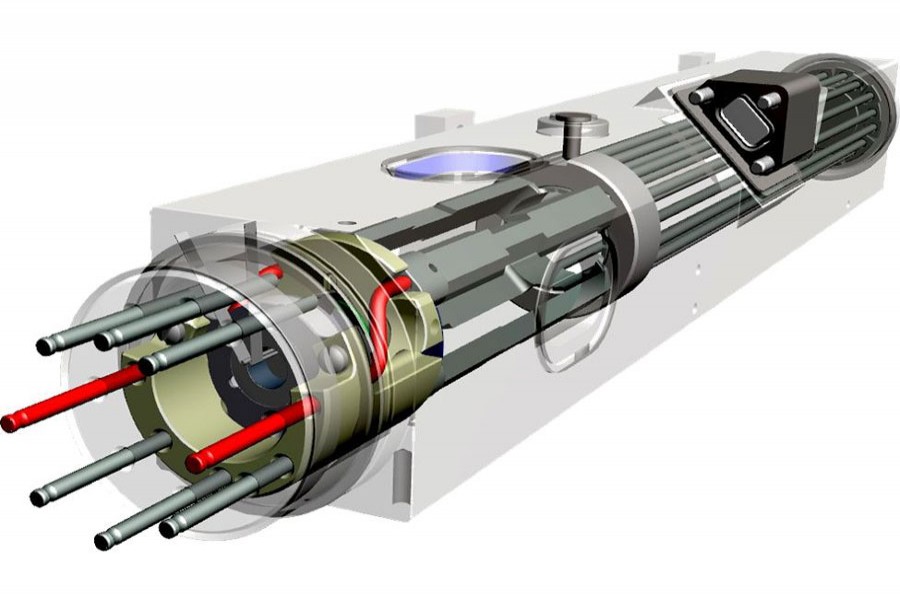For 20 years, the US National Aeronautics and Space Administration (NASA)'s Jet Propulsion Laboratory (JPL) has been perfecting the Deep Space Atomic Clock (DSAC), an instrument perfect for deep space exploration.
In deep space, accurate timekeeping is vital to navigation, but many spacecraft lack precise timepieces on board. The DSAC project aims to provide accurate onboard timekeeping for future missions.
"Navigating in deep space requires measuring vast distances using our knowledge of how radio signals propagate in space," Todd Ely of JPL was quoted as saying in a news release.
"Navigating routinely requires distance measurements accurate to a meter or better. Since radio signals travel at the speed of light, that means we need to measure their time-of-flight to a precision of a few nanoseconds. Atomic clocks have done this routinely on the ground for decades. Doing this in space is what DSAC is all about."
Currently, most space missions rely on ground-based antennas paired with atomic clocks for navigation. Researchers use the difference in time between sending a signal and receiving a response to calculate the spacecraft's location, velocity and path.
Ground antennas send narrowly focused signals to spacecraft, which, in turn, return the signal. A ground station must wait for the spacecraft to return a signal, so a station can only track one spacecraft at a time.
This method, though reliable, is not efficient enough, reports Xinhua.
By using the new technology, spacecraft would no longer have to rely on two-way tracking, according to JPL. A spacecraft could use a signal sent from Earth to calculate position without returning the signal and waiting for commands from the ground, a process that can take hours.
Additionally, the new way would allow ground stations to track multiple satellites at once near crowded areas like Mars.
DSAC is an advanced prototype of a small, low-mass atomic clock based on mercury-ion trap technology. Once DSAC has proved its mettle, future missions can use its technology enhancements. The atomic clocks at ground stations in NASA's Deep Space Network are about the size of a small refrigerator.
The DSAC test flight will take this technology from the laboratory to the space environment. According to JPL, the DSAC mission in orbit will use the navigation signals from U.S. GPS coupled with precise knowledge of GPS satellite orbits and clocks to confirm DSAC's performance.
Technologies aboard DSAC could also improve GPS clock stability and, in turn, the service GPS provides to users worldwide.
Ground-based test results have shown DSAC to be upwards of 50 times more stable than the atomic clocks currently flown on GPS. DSAC promises to be the most stable navigation space clock ever flown, said a news release from JPL.
"We have lofty goals for improving deep space navigation and science using DSAC," said Ely. "It could have a real and immediate impact for everyone here on Earth if it's used to ensure the availability and continued performance of the GPS system."


